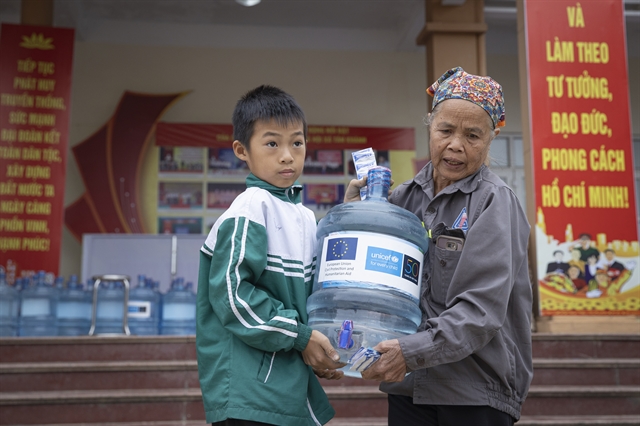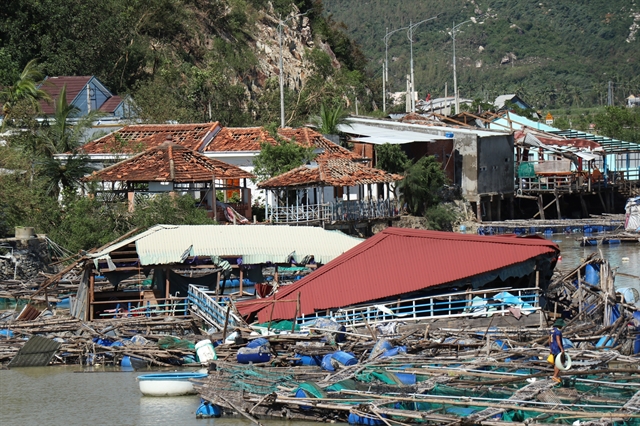 Society
Society

 |
| Đồng Tháp seeks to improve tra fish fingerling farming. — VNA/VNS Photo |
ĐỒNG THÁP — The Mekong Delta province of Đồng Tháp is focusing on restructuring the production of tra fish (shark catfish) fingerlings to strengthen the tra fish industry, one of the key sectors of the province.
Đồng Tháp Province currently has 52 facilities for producing juvenile tra fish, with nearly 150,000 parent fish, supplying around 18 billion juvenile tra fish every year, satisfying the demand of both inside the province and nearby localities.
The province also has 850 tra fish fingerling farms of up to 800ha in total. They are mostly in Hồng Ngự, Châu Thành, Cao Lãnh districts and Hồng Ngự City, and their fingerlings (30-35 fish per kilo) are priced at up to VNĐ30,000 per kilo.
Fingerling farmers are pursuing production models that ensure high quality and sustainability, while avoiding oversupply.
Huỳnh Tấn Đạt, deputy director of the province’s Department of Agriculture and Rural Development, said that Đồng Tháp is focusing on digital transformation in managing fingerling production planning, issuance of identification codes, and dissemination of market information.
It is re-structuring local fingerling production towards co-operation to reduce risks, by encouraging small, scattered farms to form clubs and co-operative groups to produce a large quantity of fingerlings that are consistent in quality.
The province is also strengthening local supply chains, linking farms with manufacturing businesses and producers of fish feeds.
To ensure the quality of fingerlings, fingerling farms around Đồng Tháp will gradually switch their parent tra fish to those of higher quality and receive good fingerlings from Research Institute for Aquaculture No. 2 in HCM City, which grow fast and are resistant to diseases.
The province will also tightly manage fingerling farms, vaccinate the fish, invest in infrastructure, and increase co-operation between State agencies, businesses and the Việt Nam Pangasius Association.
By the end of 2024, Đồng Tháp targets producing over 17 billion juvenile tra fish and 1.3 billion tra fingerlings.
By 2025, the province targets having over 75 per cent of fingerlings for farming be of high quality, and 60 per cent of juvenile tra fish producers using high quality parent fish.
 |
| A tra fish farm in Đồng Tháp Province. — VNA/VNS Photo |
The province leads the country in terms of tra fish exports, bringing hundreds of millions of dollars in revenue every year.
Tra fish is a key export product of the province. In the first nine months of 2024, the province's 2,242ha of fish farms produced nearly 486,000 tonnes of tra fish, already 90 per cent of the year's target, and production could reach up to 540,000 tonnes by the end of the year.
The province pays a great deal of attention to this industry. Most of the province's tra fish farms are applying farming techniques that satisfy international standards for export, such as GlobalGAP, ASC, BAP, and HALAL.
Their production adheres to criteria on environmental protection, food safety, traceability, and others.
In 2023, the province produced around 525,000 tonnes of tra fish, and reached export turnover of US$629 million.
Đồng Tháp and the Ministry of Agriculture and Rural Development organised a conference on October 11 to develop tra fish fingerlings so the industry can do well amidst climate change and global barriers to trade.
Officials stressed the importance of instructing local fish farms to follow the Law on Fisheries and make thorough investments in the technical infrastructure of fingerling farms and tra fish farms. — VNS




